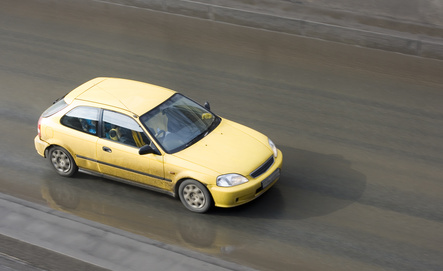
Many people think that a car undercoating is applied to prevent corrosion and rust. However, the undercoat is mainly used to prevent noise. Undercoat is a thick substance and therefore cannot adhere to cracks and crevices where thinner paints and rust protectors are easily applied. However, to improve your ride and make your car quieter, it is a great choice. An undercoat is applied to the undercarriage of the car; and if you have a lift, you can do it yourself.
Raise the car on a hydraulic car jack and set it on car blocks. Place them under the chassis frame where the car will be most secure. Make sure the room you are working in is well ventilated.
Clean the underside of the vehicle using a degrease agent, such as tri-sodium phosphate (TSP) or an over-the-counter automotive degreasing solution. Remove all excess grease and use a grinder and dust pad to remove any rust.
Sand down the rust spots with a metal sandpaper. Clean and dry the rust spots with a microfiber towel. Then prime and paint these spots with automotive primer and black automotive paint (or a matching color paint).
Apply the undercoating to the car using a paintbrush. Brush it on liberally, covering all areas exposed to the road. Let dry for at least one hour (or as specified by the manufacturer) then apply another coat if there are spots that need additional coverage.